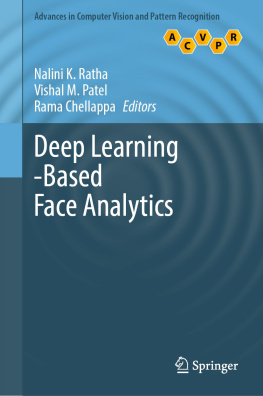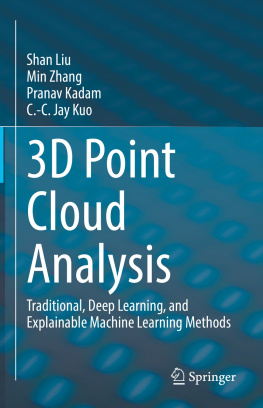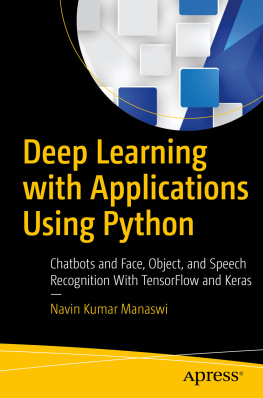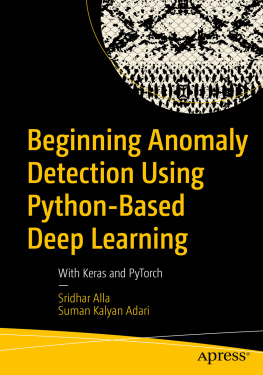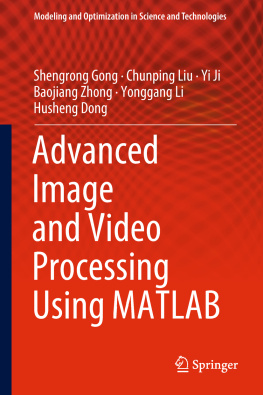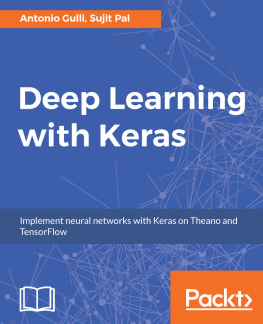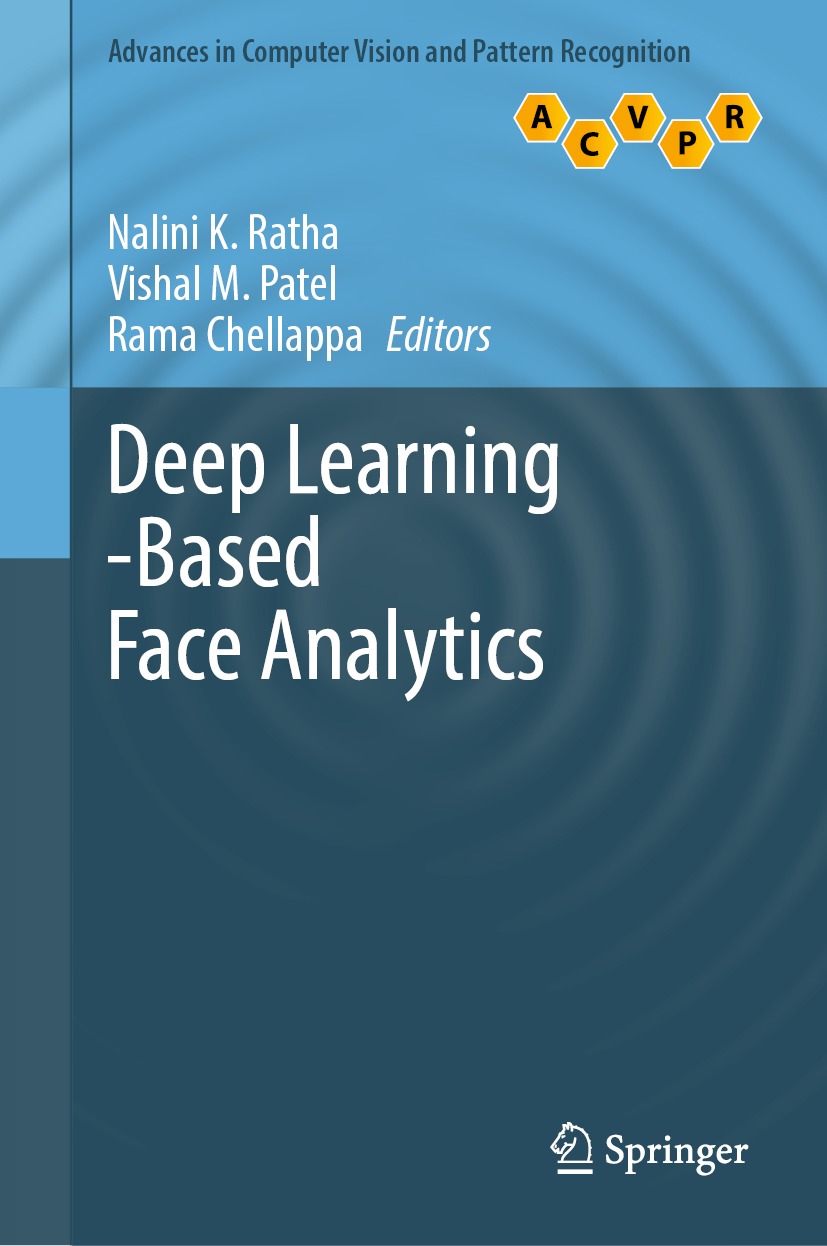Nalini K Ratha - Deep Learning-Based Face Analytics
Here you can read online Nalini K Ratha - Deep Learning-Based Face Analytics full text of the book (entire story) in english for free. Download pdf and epub, get meaning, cover and reviews about this ebook. year: 2021, publisher: Springer, genre: Children. Description of the work, (preface) as well as reviews are available. Best literature library LitArk.com created for fans of good reading and offers a wide selection of genres:
Romance novel
Science fiction
Adventure
Detective
Science
History
Home and family
Prose
Art
Politics
Computer
Non-fiction
Religion
Business
Children
Humor
Choose a favorite category and find really read worthwhile books. Enjoy immersion in the world of imagination, feel the emotions of the characters or learn something new for yourself, make an fascinating discovery.
- Book:Deep Learning-Based Face Analytics
- Author:
- Publisher:Springer
- Genre:
- Year:2021
- Rating:5 / 5
- Favourites:Add to favourites
- Your mark:
Deep Learning-Based Face Analytics: summary, description and annotation
We offer to read an annotation, description, summary or preface (depends on what the author of the book "Deep Learning-Based Face Analytics" wrote himself). If you haven't found the necessary information about the book — write in the comments, we will try to find it.
This book provides an overview of different deep learning-based methods for face recognition and related problems. Specifically, the authors present methods based on autoencoders, restricted Boltzmann machines, and deep convolutional neural networks for face detection, localization, tracking, recognition, etc. The authors also discuss merits and drawbacks of available approaches and identifies promising avenues of research in this rapidly evolving field.
Even though there have been a number of different approaches proposed in the literature for face recognition based on deep learning methods, there is not a single book available in the literature that gives a complete overview of these methods. The proposed book captures the state of the art in face recognition using various deep learning methods, and it covers a variety of different topics related to face recognition.
This book is aimed at graduate students studying electrical engineering and/or computer science. Biometrics is a course that is widely offered at both undergraduate and graduate levels at many institutions around the world: This book can be used as a textbook for teaching topics related to face recognition. In addition, the work is beneficial to practitioners in industry who are working on biometrics-related problems. The prerequisites for optimal use are the basic knowledge of pattern recognition, machine learning, probability theory, and linear algebra.
Nalini K Ratha: author's other books
Who wrote Deep Learning-Based Face Analytics? Find out the surname, the name of the author of the book and a list of all author's works by series.

